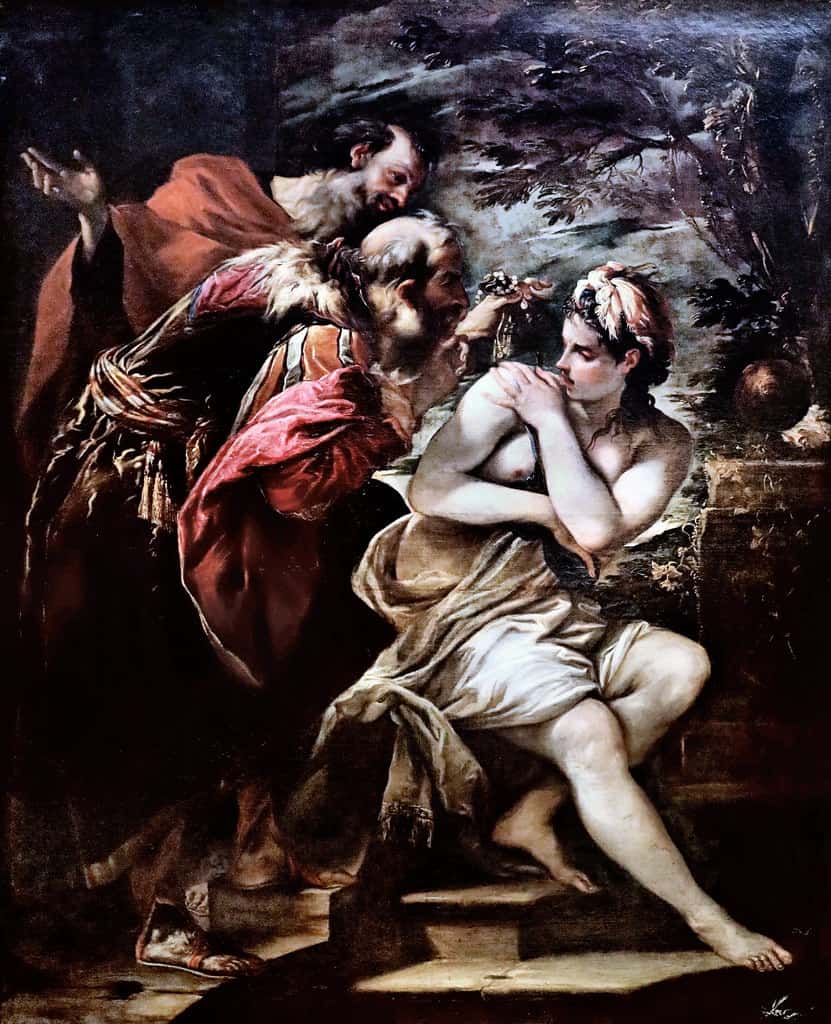
Revitalizing Societies: Exploring Social and Religious Reform Movements in the 19th Century
Revitalizing Societies: Exploring Social and Religious Reform Movements in the 19th Century
The 19th century was a period of profound transformation across the globe. It was marked by industrialization, colonial expansion, and significant advancements in science and technology. However, alongside these developments, the century also witnessed a surge in social and religious reform movements that sought to challenge established norms and practices. These movements emerged in response to the changing social, economic, and political landscape, aiming to address various injustices and inequalities prevalent in society. In this note, we will delve into some of the most notable social and religious reform movements of the 19th century, exploring their origins, ideologies, and impacts.
Social Reform Movements: The 19th century saw the rise of numerous social reform movements, driven by a desire to alleviate the suffering of marginalized groups and improve the overall welfare of society. One of the most significant movements was the abolitionist movement, which sought to end the institution of slavery. Led by figures such as William Wilberforce in Britain and Frederick Douglass in the United States, abolitionists campaigned tirelessly for the emancipation of enslaved individuals and the abolition of the transatlantic slave trade.
Simultaneously, the women’s rights movement gained momentum, advocating for gender equality and women’s suffrage. Pioneers like Susan B. Anthony and Elizabeth Cady Stanton spearheaded the fight for women’s rights, demanding equal treatment under the law and the right to participate in the political process. The Seneca Falls Convention of 1848, organized by Stanton and others, is often regarded as a seminal event in the history of the women’s rights movement, laying the groundwork for future activism.

Furthermore, the labor movement emerged as a response to the harsh working conditions and exploitation faced by workers in factories and mines. Labor activists campaigned for better wages, shorter hours, and improved safety standards, leading to the establishment of labor unions and the enactment of labor laws aimed at protecting workers’ rights.
Religious Reform Movements: In addition to social reform movements, the 19th century witnessed a wave of religious reform movements that sought to challenge traditional religious institutions and practices. One of the most prominent of these movements was the Second Great Awakening, a revivalist movement that swept across the United States in the early 19th century. Led by charismatic preachers such as Charles Finney and Lyman Beecher, the Second Great Awakening emphasized personal salvation, individual conversion, and social reform. It played a crucial role in shaping American society, fueling various reform movements, including abolitionism and temperance.
Meanwhile, in India, the 19th century saw the emergence of the Brahmo Samaj, a reformist Hindu movement founded by Raja Ram Mohan Roy. The Brahmo Samaj sought to promote monotheism, rationalism, and social reform within Hinduism, advocating for the abolition of practices such as sati (widow burning) and caste discrimination. Roy’s efforts laid the foundation for modern Indian secularism and played a pivotal role in the broader Indian reform movement.
Similarly, in the Islamic world, the 19th century witnessed the rise of Islamic modernism, a reformist movement that sought to reconcile Islamic principles with the modern world. Figures like Jamal al-Din al-Afghani and Muhammad Abduh advocated for reinterpretation of Islamic texts, emphasizing the compatibility of Islam with science, democracy, and progress. Islamic modernism laid the groundwork for subsequent movements aimed at reforming Muslim societies and institutions.
Impacts and Legacy: The social and religious reform movements of the 19th century had a profound impact on societies around the world, catalyzing significant social, political, and cultural changes. The abolitionist movement succeeded in bringing an end to the transatlantic slave trade and ultimately slavery itself in many parts of the world, although the struggle for racial equality would continue well into the 20th century. The women’s rights movement laid the groundwork for gender equality and women’s suffrage, leading to gradual advancements in women’s rights and opportunities.
Similarly, religious reform movements challenged entrenched religious hierarchies and practices, fostering greater religious tolerance and pluralism. The Second Great Awakening revitalized American Christianity and inspired a wave of social reform, while movements like the Brahmo Samaj and Islamic modernism paved the way for religious reform in India and the Islamic world, respectively.
In conclusion, the 19th century was a period of significant upheaval and transformation, marked by the emergence of various social and religious reform movements. These movements, driven by a desire for justice, equality, and progress, played a crucial role in reshaping societies and laying the groundwork for the modern world. Their legacies continue to resonate today, reminding us of the power of grassroots activism and the enduring quest for a more just and equitable society.

